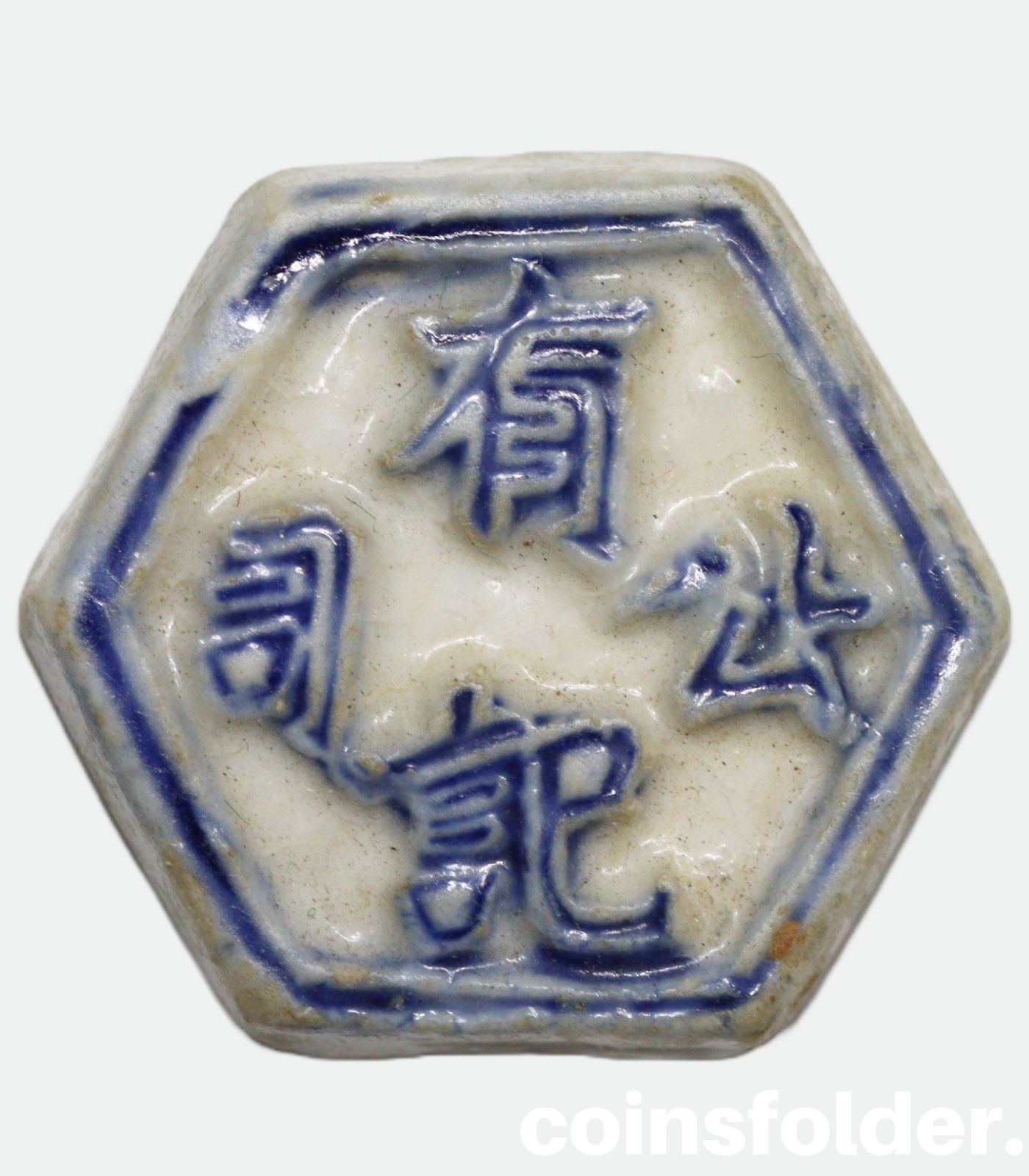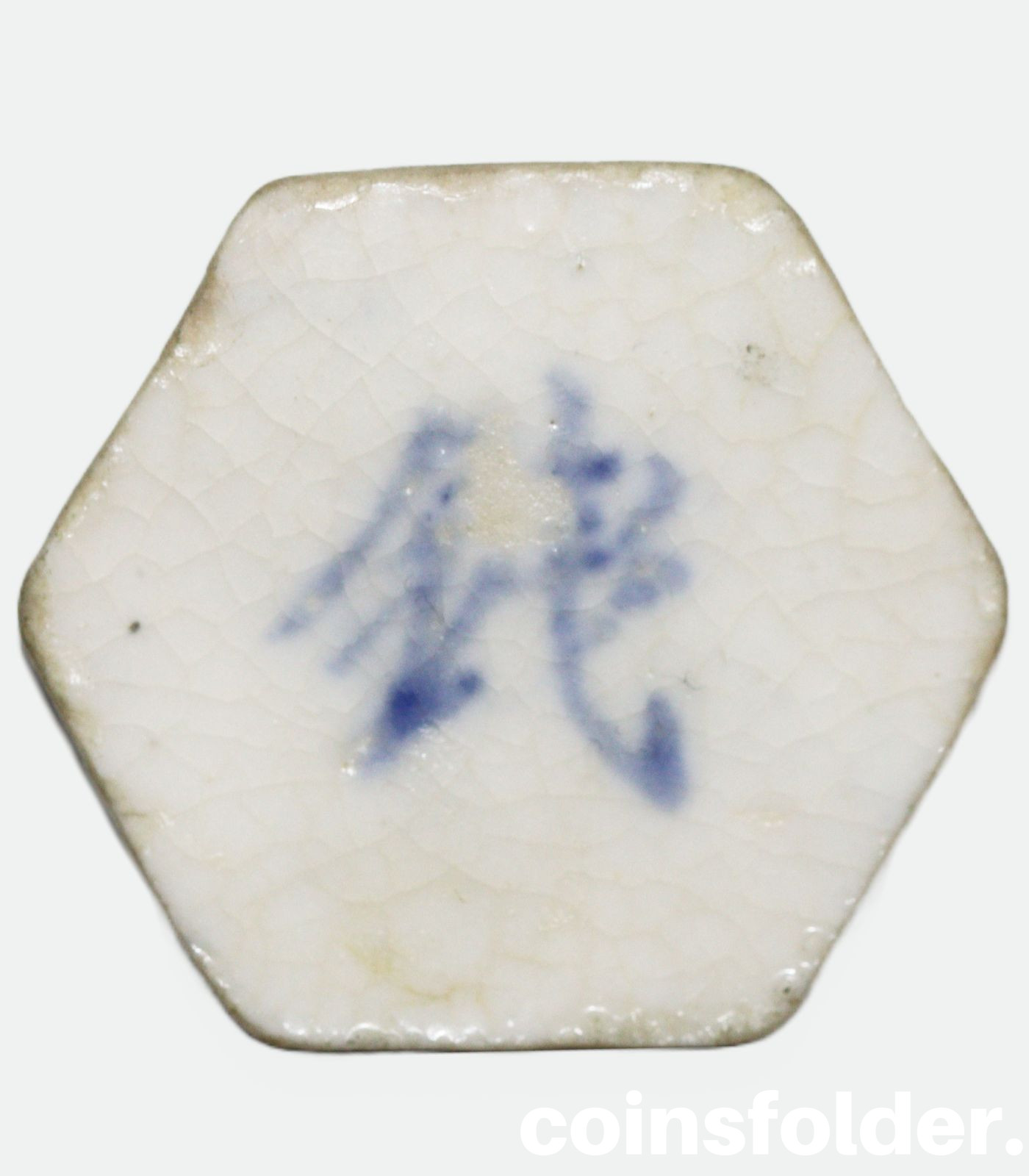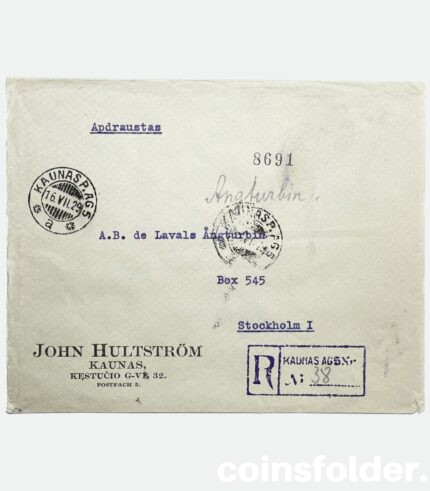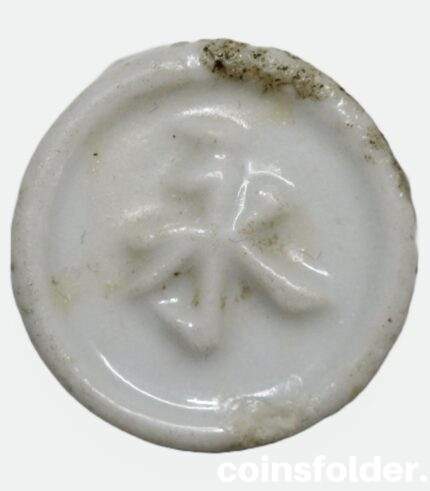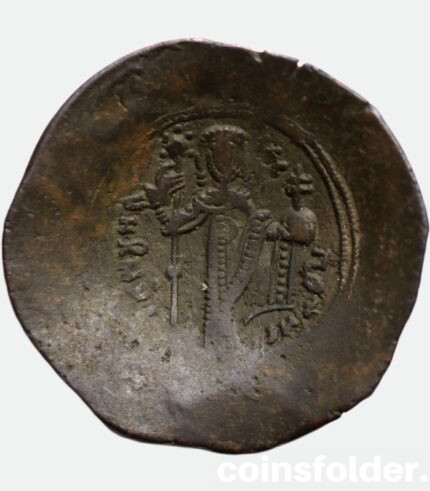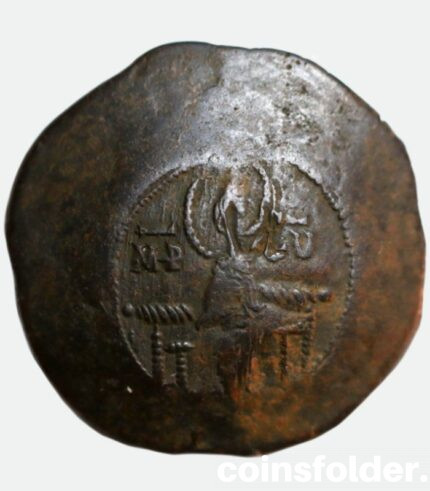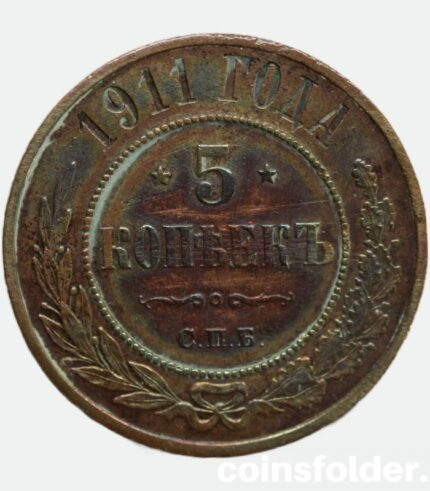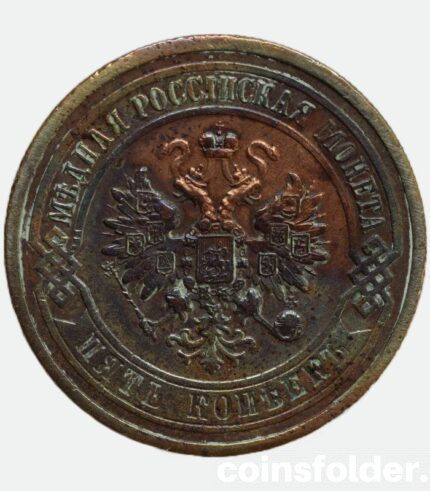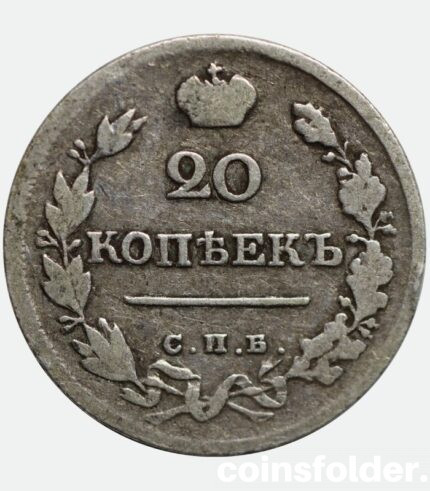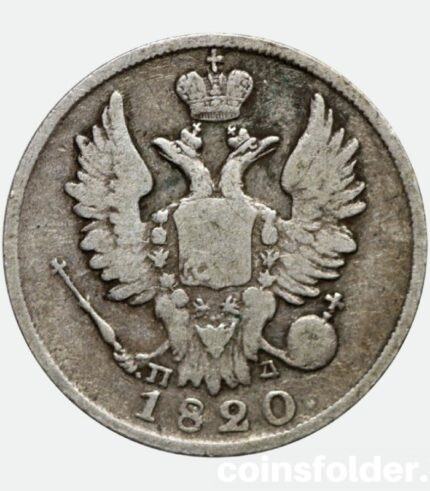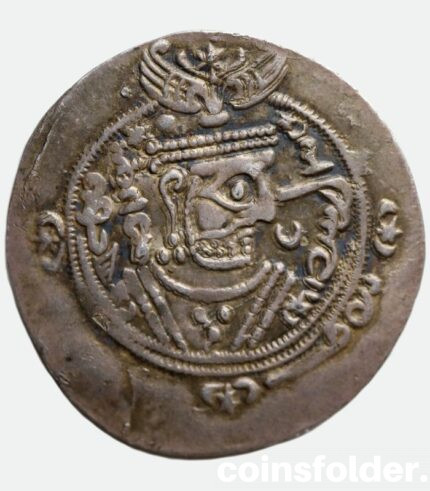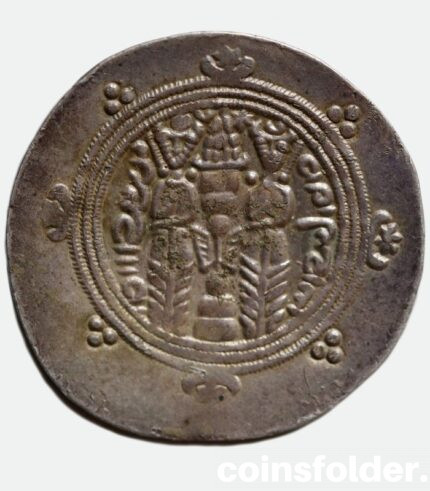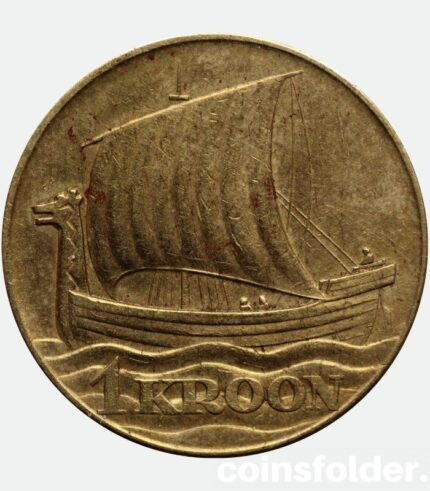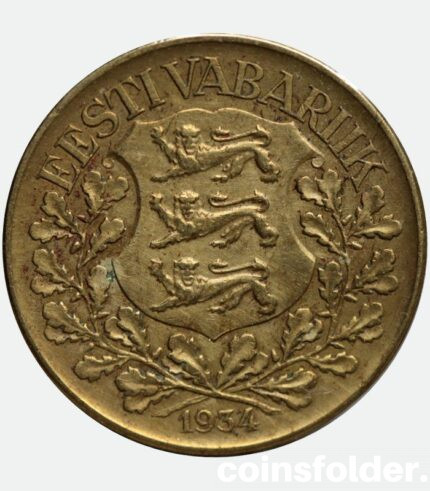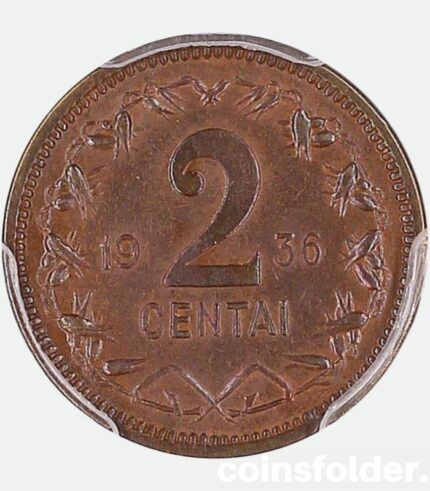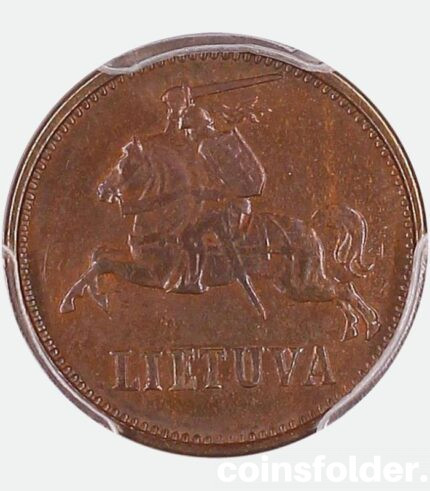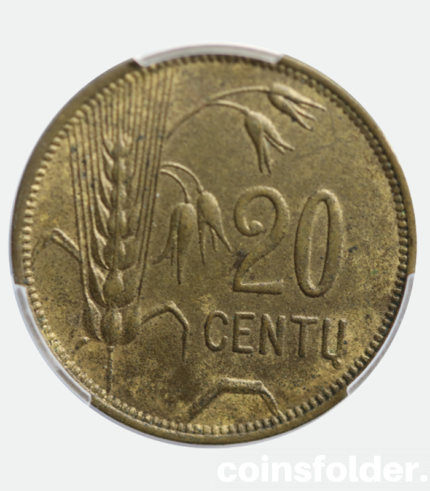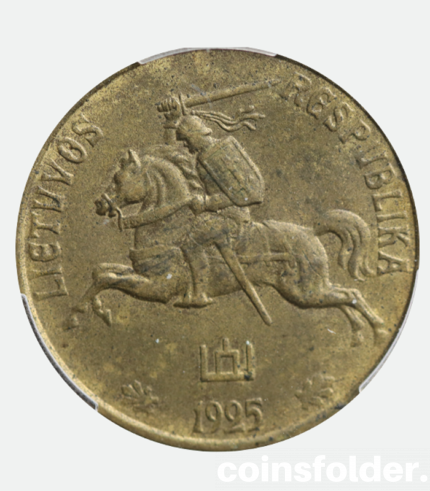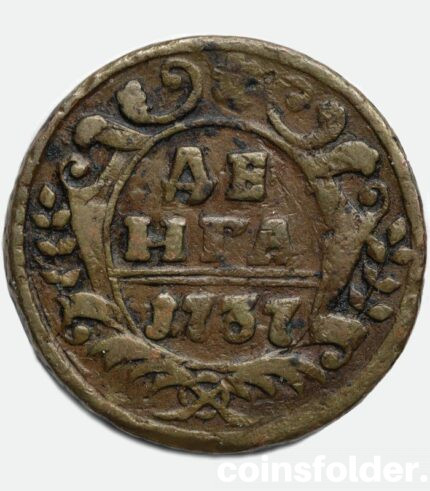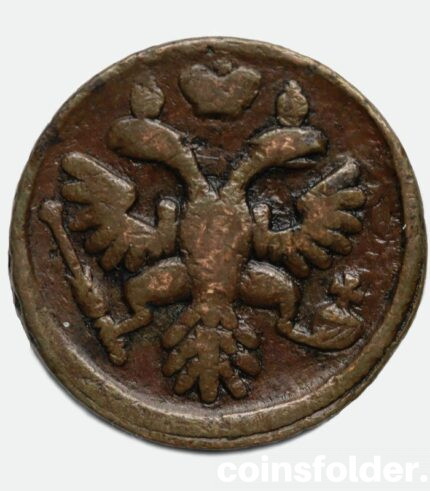his rare 1760–1875 Siam porcelain gambling token, known as a “Pee,” is an authentic relic of 18th–19th century Thai-Chinese cultural exchange. These tokens were originally used as counters in the game Fantan, a popular gambling game played inside Chinese-run houses called hongs throughout old Siam (now Thailand).
Over time, these porcelain pieces evolved into an unofficial form of regional currency, used in place of bulky silver bars. Each hong issued its own unique tokens, making them highly collectible today. This particular example is hexagonal in shape, made of glazed white porcelain with blue underglaze Chinese characters on both sides—one side bearing a clear inscription within a border, the other a single character likely indicating value or issuing house.
These tokens were commonly withdrawn and replaced, generating profit for the issuing hongs while also compensating for the chronic shortage of small-denomination coins in Siam. Though officially banned after the introduction of state coinage, pees remained in underground use into the early 20th century.
A fascinating blend of history, numismatics, and gambling culture, this token is perfect for collectors of:
Southeast Asian currency
Porcelain tokens
Antique gambling memorabilia
Thai and Chinese trade artifacts

 Art
Art Asian
Asian Banknotes
Banknotes Numismatics
Numismatics Porcelain
Porcelain Buttons
Buttons Jewelry
Jewelry Silverware
Silverware Ceramics
Ceramics Militaria
Militaria Books
Books Glassware
Glassware Leatherware
Leatherware Philately
Philately Other antique
Other antique Gifts
Gifts Accessories & Services
Accessories & Services